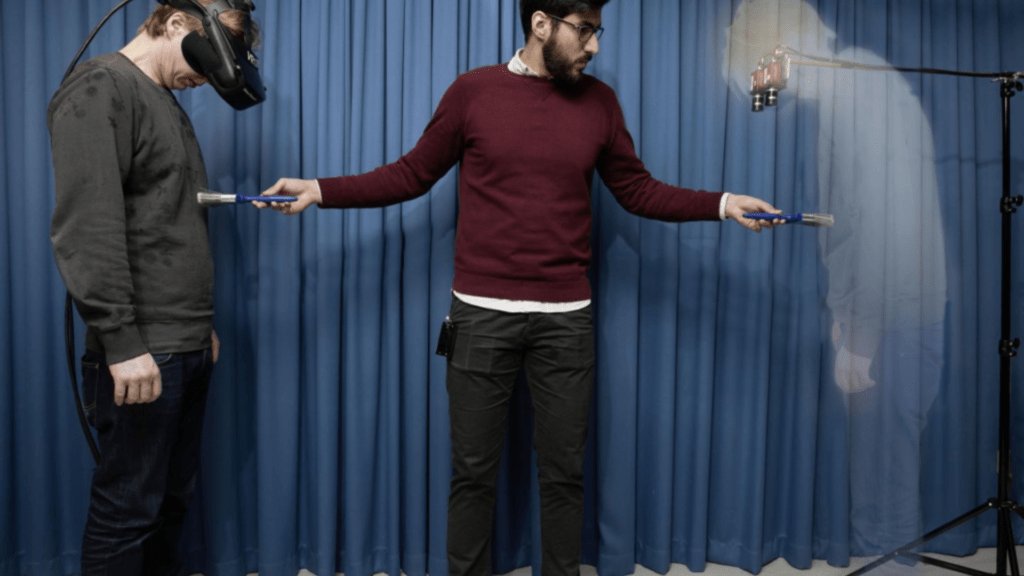Can You Actually Become Invisible? The Science Behind Invisibility Technology

Imagine a world where you could vanish into thin air—no one could see you, no one could detect your presence. It sounds like something straight out of a science fiction novel, doesn’t it? But what if we told you that invisibility, once considered a fantastical dream, could be closer to reality than we think? Thanks to cutting-edge advancements in science and technology, researchers are actively exploring ways to make invisibility possible. Let’s dive into the fascinating science behind invisibility technology and discover whether it’s really something we can achieve.
The Fascination with Invisibility: A Long-Standing Dream
For centuries, the idea of becoming invisible has captured our imaginations. From Harry Potter’s magical cloak of invisibility to the stealthy invisibility suits in comic books, the concept has been a recurring theme in pop culture. But how does science approach this age-old dream?

Invisibility has been largely explored in two ways: through the manipulation of light and by bending the laws of physics to “hide” objects from view. While science fiction often uses magical or supernatural explanations, real-world scientists are applying the principles of physics to develop methods that could one day make invisibility a reality.
The Science Behind Invisibility: Metamaterials and Light Bending
The key to making objects invisible lies in the ability to control how light interacts with them. Typically, when light hits an object, it either reflects off or passes through it, allowing our eyes to detect the object’s shape, size, and color. To achieve invisibility, scientists aim to manipulate how light behaves around an object to prevent it from being detected by the human eye.
This is where metamaterials come into play. These are specially engineered materials designed to have properties not found in nature, often allowing them to bend or manipulate light in unusual ways. By using metamaterials, researchers can create devices that “bend” light around an object, effectively making it disappear from view.

One of the most promising techniques involves the use of cloaking devices. These devices can redirect light around an object, much like how water flows around a rock in a stream. When light is redirected in this way, the object in question becomes undetectable to observers. However, this technique is still in its early stages and faces significant challenges, such as creating devices that work across all angles and wavelengths of light.
The Limitations and Challenges
While invisibility technology has shown promise in laboratory settings, we’re still a long way from being able to “disappear” on command. Several challenges must be overcome before we can create a true, wearable invisibility cloak or make larger objects invisible. For one, the materials used to bend light must be engineered with extreme precision, and the device must be able to work with the full spectrum of light, including visible light, infrared, and ultraviolet.

Moreover, most current invisibility technologies are only effective under specific conditions, such as certain angles or limited ranges of light. For instance, some cloaking methods work well in the microwave or infrared range but are ineffective in visible light.
The Future of Invisibility Technology: Is It Possible?
So, can you actually become invisible? While we’re not quite there yet, the progress being made in the field of invisibility is nothing short of astounding. Researchers are continuing to refine their techniques, and it’s possible that one day we may see real-world applications of invisibility in military, security, or even entertainment industries.

In the near future, we could witness advancements in camouflage technology that could make objects or people harder to detect, much like the military’s use of stealth aircraft. For now, though, the dream of total invisibility remains elusive—but not entirely impossible.
Conclusion: A Glimpse Into a Future of Possibilities
Invisibility technology is undeniably intriguing and holds the potential to revolutionize how we perceive the world and interact with our surroundings. While true invisibility may still be some years away, the science behind it is advancing steadily. Who knows? One day, you might just be able to slip into the shadows and disappear—just like in your favorite science fiction stories.
Until then, we’ll continue watching the remarkable progress of invisibility research with curiosity and excitement. The future is looking bright—and perhaps a little more invisible.






